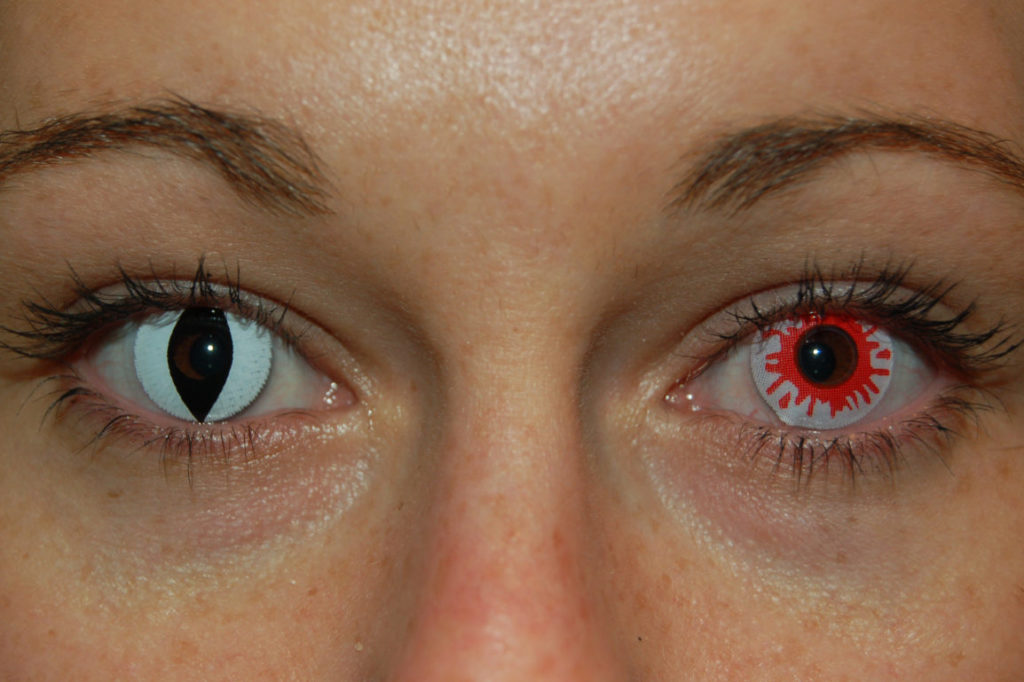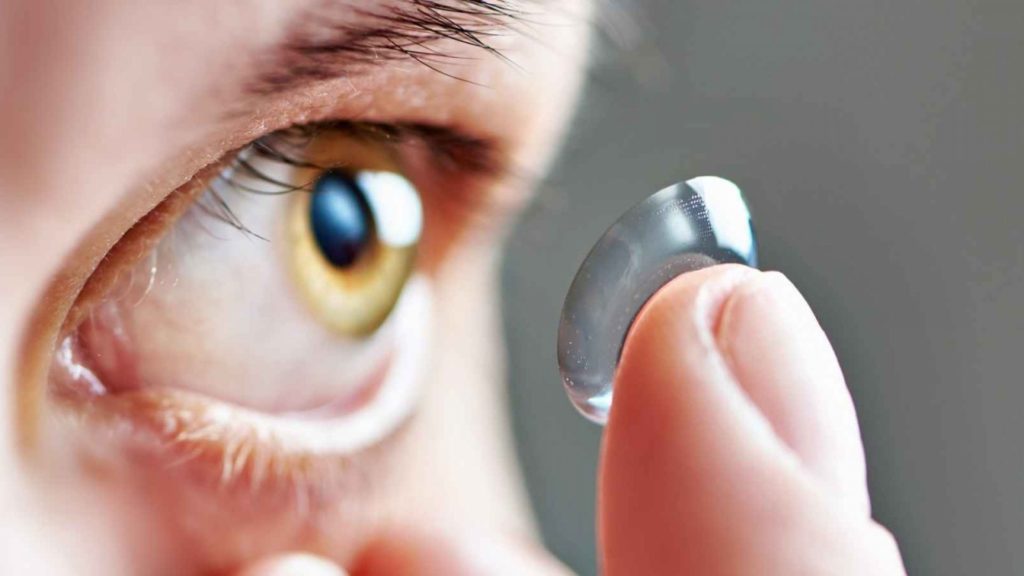Have you been toying with the idea of trying out contact lenses, but can’t stomach the idea of little bits of ‘plastic’ in your eyes for whatever reason? You’re not alone, and this article aims to put all your concerns to rest. Even if you are a long-time contact lens wearer, you might find the information here answers a few questions about the latest advances that you might have wanted to ask your optometrist.
Before we delve further into the ins and outs of contact lenses, let’s have a look at what to expect during your initial eye examination.
What to Expect During an Exam for Contact Lenses
The fundamental concept of an eye exam is to thoroughly check your eyes for any signs of disease or visual distortions. If we were to break it down into a checklist, your optometrist will look at the following:
Overall health of your eye: this is the general overview of the condition of your eyes. Your optometrist will check for any irregularities or abnormalities that could indicate current or future problems.
Visual Acuity: A visual acuity test basically tests how sharp your vision is, and what degree of correction is required, if any. This, combined with the depth perception test (where your optometrist will check that your eyes are working in tandem to correctly measure distance), make up the bulk of the eye test.
Color vision: As the name implies, this is a test to see if you can distinguish colors. There have been instances where patients have been diagnosed with colorblindness without ever realizing they had an issue.
Eye Pressure Test: This is a fun test for very few people. A small puff of air is blown onto each eye to measure intraocular pressure and can indicate if you might be suffering from glaucoma.
Lens Prescription: The last part of the test is prescribing the correction needed for each eye. If you’ve ever had an eye test, you’ll recognize this as the part where your optometrist makes you a pair of glasses and switches lenses in and out to see which combination improves your vision. A secondary step within this is checking for astigmatism (distortions in vision caused by irregularly shaped corneas.) This step is very important for contact lenses, since your future lenses will cover your cornea and needs to fit snugly.
Armed with all this information, your optometrist will then be able to prescribe the correct type of contact lenses for you. Let’s look at some of the most common varieties now. 
Types of Contact Lenses Available
Disposable soft lenses: Made from a special soft plastic called hydrogel, soft lenses are the most popular types of lenses available. You can get them in different varieties, from single-use daily disposables to ones that can be worn for a whole month without needing to be removed.
Gas-permeable lenses: Also known as hard lenses, these are made from a rigid plastic and need to be removed every night before going to bed. These hard lenses used to be the only types of lenses that people with high astigmatisms could wear, but have slowly been replaced with hybrid lenses that provide better comfort.
Ortho-K lenses: A personal favorite of this author, these remarkable lenses are only worn at night while you sleep. What’s incredible about these types of lenses is that they gently and gradually reshape your cornea, so that when you take them out in the morning, you can enjoy a full day of corrected vision.
Multifocal lenses: As we age, our eyes lose their ability to focus on closer objects, making activities like reading or computer work a chore. This condition is called presbyopia and affects people over the age of 40. Up until recently, the main work around used to be wearing a distance corrective lens in one eye and a near-vision correct lens in the other. This arrangement was dubbed monovision and took some getting used to. Thankfully, the technology has improved, and older patients can now enjoy the benefits of multi-vision lenses that are designed to have blended corrective prescriptions.
Cosmetic/ colored lenses: If you want to inject a dose of fun by changing your eye color or shape of your pupil while also correcting your vision, these special lenses are just the thing for you. There are also special scleral lenses (covering the white part of your eye), but those are specialist lenses that require special fitting by trained professionals.
What to Expect as a Contact Lens Wearer
It’s normal to feel a little nervous the first few times you put your lenses in or removing them. As long as you ensure your hands are clean before you start and take your time, you’ll be fine. Don’t worry about losing your lenses in your eyes, there is nowhere from them to go, so at worst, you’ll just blink them out.
The main thing you need to be concerned about it ensuring you clean your lenses properly, depending on the schedule your optometrist sets you. You don’t have to worry about this for daily disposables since they are only single wear, or continuous wear, since you just put them in and forget about them for 30 days (make sure you remember to remove them after the 30 days is up though)
If you’ve been waiting for the right time to make the switch to contacts, we hope the information in this article has helped you make a decision. If you need further information, why not get in touch with Valley Vision today for an appointment.



